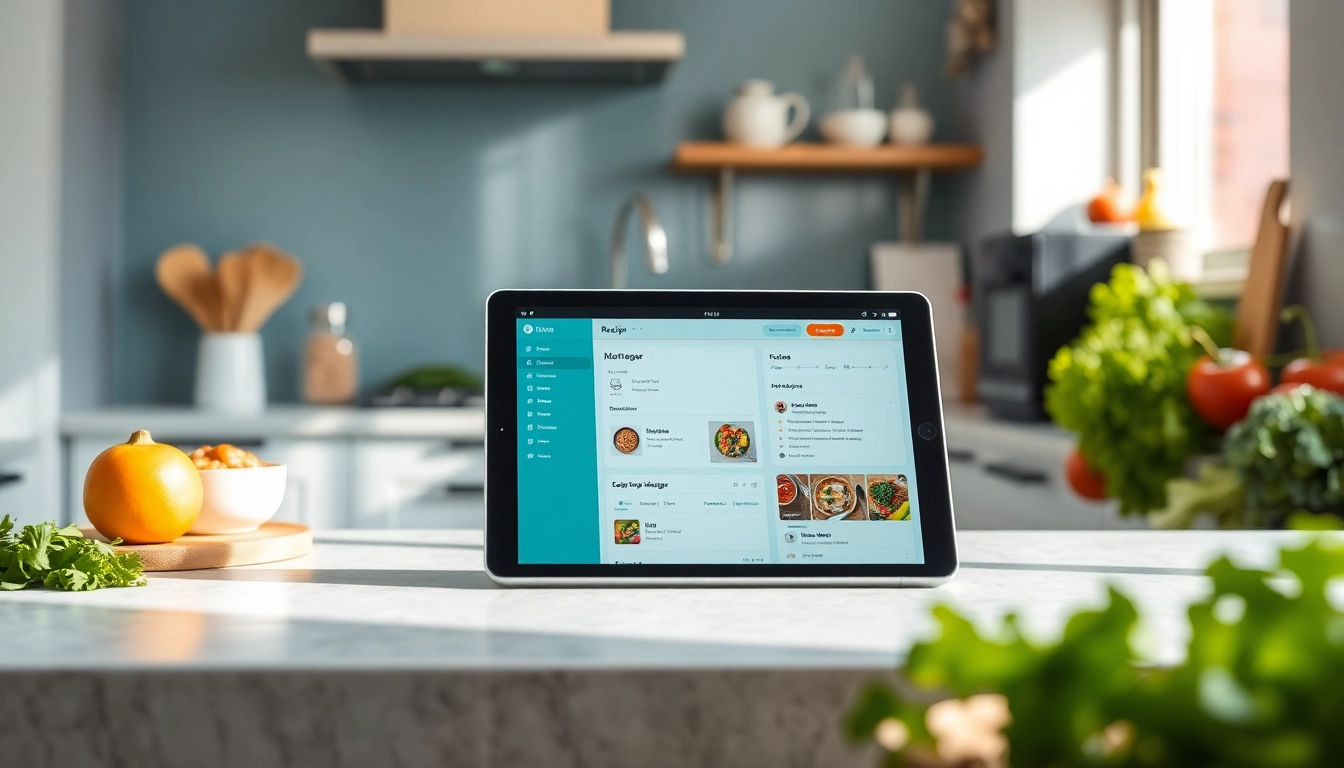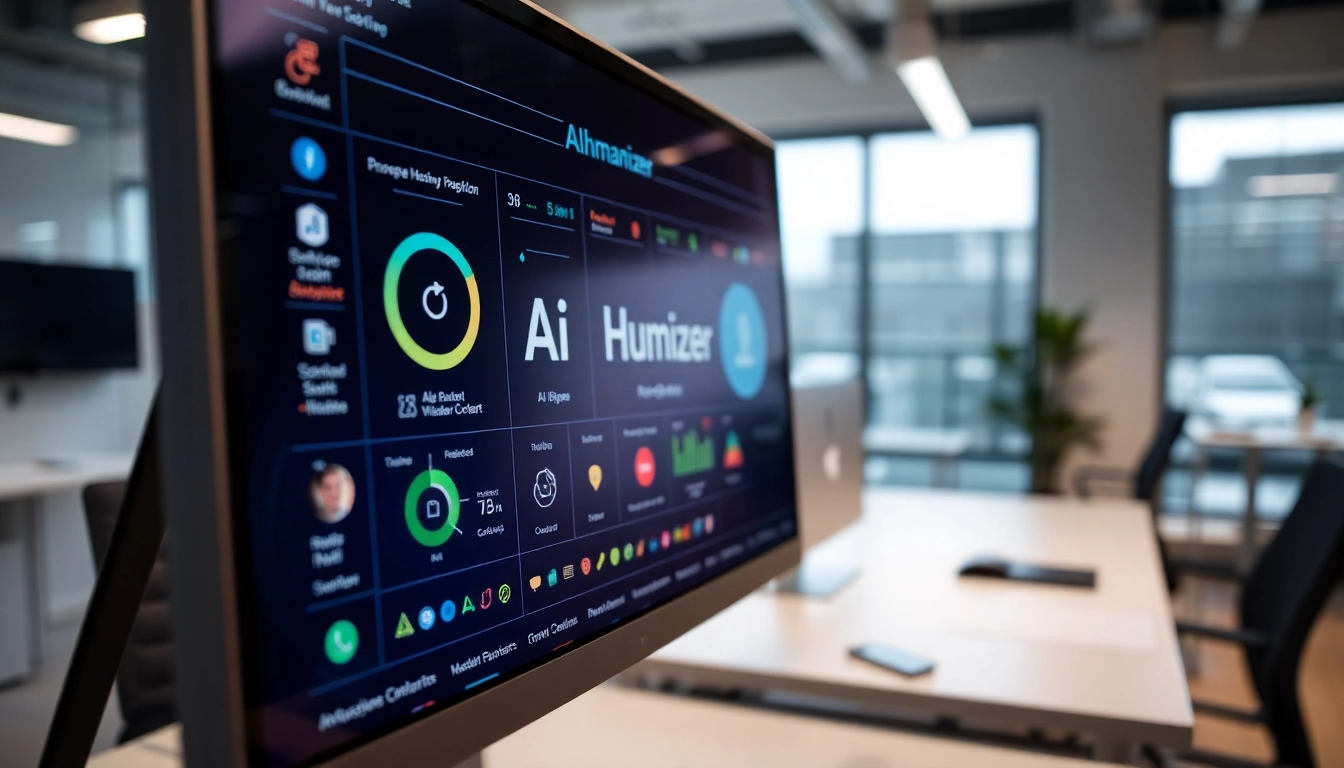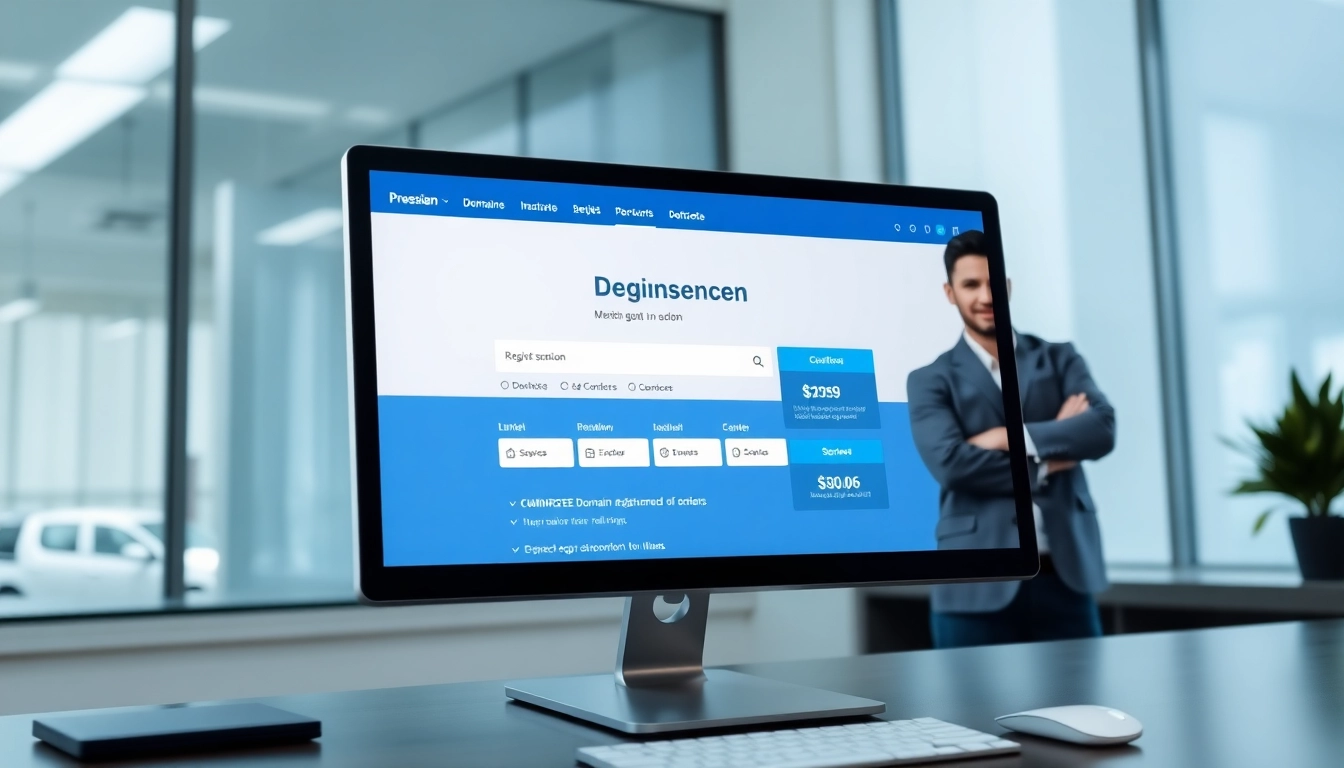In the modern culinary world, managing recipes efficiently has become essential for home cooks, food enthusiasts, and professional chefs alike. Whether it’s organizing a personal collection or maintaining a complex database for a restaurant, a well-structured recipe manager can transform your cooking experience. As technology evolves, so do the tools designed to streamline recipe storage, customization, and sharing, making digital systems more accessible and powerful than ever. This comprehensive guide explores the fundamentals of recipe management, evaluates top tools, and provides actionable strategies to optimize your culinary workflow in both personal and professional environments.
Understanding the Basics of a Recipe Manager
What Is a Recipe Manager and How Does It Work?
A recipe manager is a specialized software or digital system designed to store, organize, modify, and retrieve culinary recipes efficiently. Unlike traditional paper-based collections, digital recipe managers leverage databases to categorize recipes, allowing easy search, editing, and sharing. These tools are invaluable for individuals who want quick access to their favorite recipes, meal planners who need to coordinate ingredients efficiently, or professional kitchens aiming to streamline their operations.
At its core, a recipe manager functions as a centralized hub where recipes are stored in structured formats. They often include features such as importing recipes from web pages, converting measurements, scaling portions, and generating shopping lists. Popular apps like炒Paprika and CookBook exemplify this functionality, providing user-friendly interfaces and robust features that cater to diverse needs.
The Key Features to Look for in a Recipe Management System
Selecting the ideal recipe management system depends on your specific culinary needs. Some essential features include:
- Recipe Import & Export: Ability to import recipes from websites and export your collection for sharing or backup.
- Organizational Tools: Tags, categories, and custom folders to streamline your collection.
- Meal Planning & Scheduling: Integrate recipes into meal plans, allocate schedules, and generate shopping lists.
- Shopping List Integration: Convert recipes into shopping lists and update dynamically as ingredients are purchased.
- Nutritional Analysis: For health-conscious users, some apps provide nutritional information per recipe.
- Cross-Device Synchronization: Access recipes seamlessly across multiple devices and platforms.
- Customization & Notes: Add personal modifications, notes, and comments for each recipe.
When choosing a system, consider the interface’s ease of use, integration capabilities, and support for various media types like photos and PDFs.
Common Challenges in Managing Recipes Digitally
Despite the advantages, digital recipe management can pose challenges, including:
- Data Duplication and Clutter: Without proper organization, collections can become overwhelming with redundant entries.
- Compatibility Issues: Importing recipes across different platforms or formats may lead to inconsistencies.
- Learning Curve: Advanced features may require time to master, especially for non-tech-savvy users.
- Data Security and Backup: Ensuring your recipes are safe from data loss or corruption is crucial.
Overcoming these challenges involves adopting consistent organizational practices, choosing user-friendly software, and maintaining regular backups.
Evaluating Popular Recipe Manager Options
Top Apps and Software Compared: Features and Usability
The market offers a variety of recipe management tools tailored for different audiences. Here’s a comparison of some leading options:
| App/Software | Platform Compatibility | Key Features | Pricing | User Ratings |
|---|---|---|---|---|
| Paprika | iOS, Mac, Android, Windows | Recipe organization, meal planning, grocery lists, web clipper | Paid (one-time or subscription options) | 4.9/5 (over 17,600 ratings) |
| CookBook | iOS, Android, Web | Add/edit recipes, meal planner, shopping lists, cloud sync | Freemium with premium features | 4.7/5 |
| RecipeSage | Web, iOS, Android | Recipe database, meal planning, shopping, cost analysis | Open source/donation-based | Community-rated |
| Recipe Keeper | iOS, Android, Windows, Mac | Recipe collection, sharing, cloud backup | One-time purchase | 4.8/5 |
Each option caters to different user preferences, from simple, free collections to comprehensive, integrated systems for professional kitchens.
Benefits of Using a Recipe Manager for Home Cooks and Professionals
For home cooks, recipe managers simplify meal prep, organize favorites, and streamline grocery shopping. They reduce the frustration of hunting for recipes and aid in nutritional tracking for health goals. For professionals, these tools assist in maintaining consistent quality, managing diverse menus, scaling recipes accurately, and facilitating team collaboration.
Case Studies: Successful Recipe Organization with Different Apps
Consider Emily, an avid home cook who transitioned from paper recipes to a digital system using CookBook. She reports a 40% reduction in time spent searching for recipes and a significant improvement in meal prep consistency. Meanwhile, Chef Marco, managing a busy restaurant, employs RecipeSage for real-time updates, cost analysis, and to serve customized dietary requests efficiently.
Optimizing Your Recipe Management Workflow
Steps to Import, Organize, and Customize Recipes Effectively
Building an efficient workflow starts with importing existing recipes. Many apps support web clipping, PDF import, or manual entry. Organize recipes using categories such as cuisine, meal type, or difficulty. Tagging recipes with keywords enhances searchability. Customize each recipe by adding personal notes, substitutions, or nutritional info, tailoring the collection to your preferences.
- Import Recipes: Use in-app browser extensions or manual input. For example, Paprika’s built-in browser allows direct saving from websites.
- Organize Files: Create folders or tags for quick access. Use categories like “Vegetarian,” “Desserts,” or “Quick Meals.”
- Customize & Tag: Add personal modifications, notes for taste preferences, or ingredient substitutions.
- Review & Archive: Regularly update and archive outdated or unused recipes to maintain relevance and ease of navigation.
Tips for Meal Planning and Grocery List Integration
Effective meal planning involves selecting recipes ahead of time and generating shopping lists accordingly. Many apps allow drag-and-drop recipe sequences into weekly plans, automatically compiling ingredient lists. Keep in mind:
- Update quantities based on servings and scale recipes as needed.
- Utilize recurring shopping lists for staples to save time.
- Sync grocery lists with online or local stores for seamless purchasing.
Using Tags, Categories, and Notes for Better Organization
Well-structured tagging enhances retrieval speed and personal relevance. For example, tags like “Gluten-Free,” “Party,” or “Holiday” help filter recipes quickly. Combining categories and tags creates nuanced searches, such as locating “Vegan Desserts” or “Quick Weeknight Dinners.” Personal notes improve clarity, especially when sharing recipes or revisiting after months.
Maximizing Performance and Staying Up-to-Date
Maintenance Tips for Your Recipe Database
Regular maintenance ensures your collection remains reliable and functional:
- Perform backups periodically—many apps support cloud or local backups.
- Remove duplicate or outdated recipes to reduce clutter.
- Update recipes with new insights, ingredient substitutions, or adjustments.
- Synchronize across devices to avoid version conflicts.
Additionally, keeping your software updated guarantees access to new features and security enhancements.
Future Trends in Recipe Management Technology
The future of recipe management is poised to integrate more intelligent features:
- AI-Driven Personalization: Suggest recipes based on dietary preferences, available ingredients, and past cooking habits.
- Voice-Activated Commands: Use smart assistants like Alexa or Google Home to ask for recipes, add ingredients to shopping lists, or plan meals.
- Smart Kitchen Integration: Connect recipe apps with smart appliances, such as ovens and refrigerators, for seamless cooking automation.
- Enhanced Nutritional and Allergen Tracking: Offer detailed diet insights tailored to health goals or allergy restrictions.
Measuring Success: How to Track Your Culinary Organization Progress
To evaluate how well your recipe management system is working, consider metrics like:
- Time saved in recipe retrieval and meal prep.
- Reduction in duplicate or misplaced recipes.
- Efficiency in meal planning and grocery shopping.
- Frequency and ease of sharing recipes with family or colleagues.
Periodic reviews and adjusting your organizational strategies help sustain long-term efficiency.
Advanced Techniques and Customization
Integrating Recipe Managers with Smart Kitchen Devices
As smart home technology advances, integrating your recipe manager with devices can enhance your cooking experience:
- Sync recipes with smart ovens for automatic temperature and timing adjustments.
- Use smart refrigerators to recommend recipes based on current inventory.
- Connect voice assistants to navigate and retrieve recipes hands-free.
Setting up such integrations requires compatible devices and possibly some automation scripting.
Custom Scripts, Plugins, and Automation for Power Users
Tech-savvy users can extend their recipe systems through custom scripts and plugins:
- Automate bulk imports from popular recipe websites or repositories.
- Create custom filters or tagging schemes via scripting interfaces.
- Use automation tools like IFTTT or Zapier to sync recipes with other apps/services.
These techniques boost productivity but require familiarity with scripting languages and APIs.
Sharing and Collaborating on Recipes with Family and Friends
Modern recipe managers facilitate sharing through cloud links, shared folders, or collaborative editing features:
- Set permissions for family members to add or modify recipes.
- Create shared collections for special events or dietary plans.
- Utilize social features within apps to exchange cooking tips and modifications.
These collaborative tools foster community and learning opportunities.













